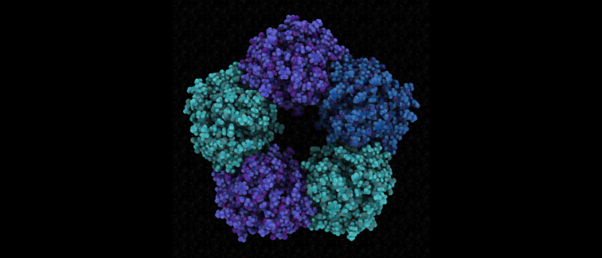Synthetic riboswitches detect biomarker proteins

In a recent study, researchers developed a low-cost RNA-based sensor that detects biomarker proteins.
Researchers at Penn State University (PA, USA) have engineered an RNA-based sensor, a riboswitch, to detect protein biomarkers, which they hope to use to develop a cheap diagnostic device.
Protein biomarkers can indicate various chronic or acute conditions including arthritis and cancer. Currently, these proteins are measured with immunoassays or liquid chromatography–mass spectrometry analysis and, more recently, protein-binding aptamers. “These tests can help a clinician diagnose a patient, but it’s more informative to carry out multiple biomarker measurements periodically over the span of several weeks,” commented the study’s senior author Howard Salis. “Right now, one test can be expensive, and they add up.”
The researchers of this study investigated the ability of RNA-based aptamers to detect biomarker proteins to develop a low-cost biosensor.
 Sowing the seeds of diagnosis: a novel assay for abnormal α-synuclein detection
Sowing the seeds of diagnosis: a novel assay for abnormal α-synuclein detection
A new study has developed an assay that can identify incorrectly folded α-synuclein, a biomarker of synucleinopathies, in patient serum.
They engineered an automated platform that converts protein-binding aptamers into riboswitches, mRNA molecules that bind and target small molecules, which are synthesized inside a cell-free expression system. Cell-free systems contain the cellular machinery to read DNA and produce proteins and are not restricted by a cell membrane. They are particularly useful as low-cost and portable diagnostic devices.
Deciphering the DNA instructions to generate the most sensitive protein sensors was the greatest challenge in developing this RNA-based sensor technology.
“Past efforts to engineer such riboswitch sensors have largely relied on trial-and-error experimentation, for example, constructing and characterizing large random libraries to identify riboswitch variants – the genetic blueprints and aptamers – that work best,” commented Salis. “Using a combination of thermodynamic modeling and computational optimization, we rationally designed new riboswitches that are predicted to be excellent protein sensors and then we tested them. Our design algorithm is called the Riboswitch Calculator.”
The researchers engineered 32 riboswitches and tested their detection capabilities on three proteins: bacteriophage MS2, human monomeric C-reactive protein (involved in chronic inflammatory conditions) and human interleukin-32 gamma (a signaling protein for acute infections). Most of the riboswitches successfully sensed their target proteins. Plus, the materials required for each reaction costs around US $1, making the sensors cost-effective alternatives to traditional tests.
Next, the researchers will utilize this technology to develop an easy-to-use portable diagnostic device for use in research and clinical settings.